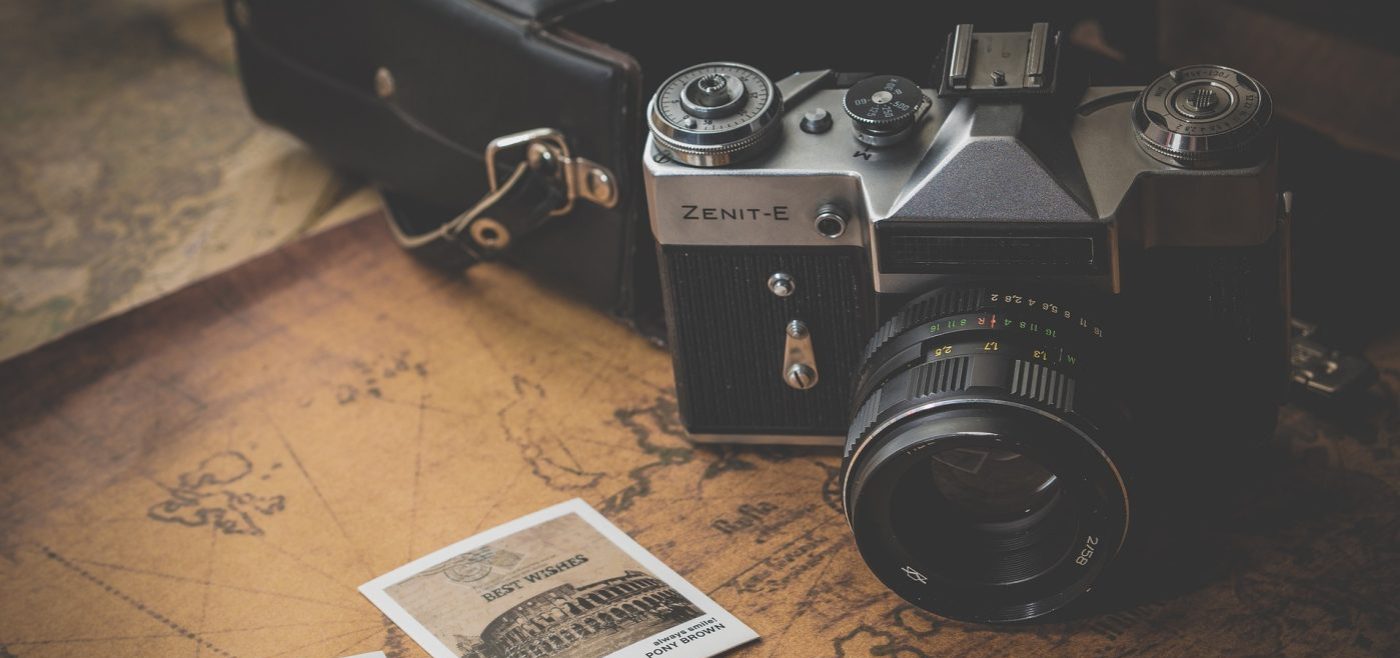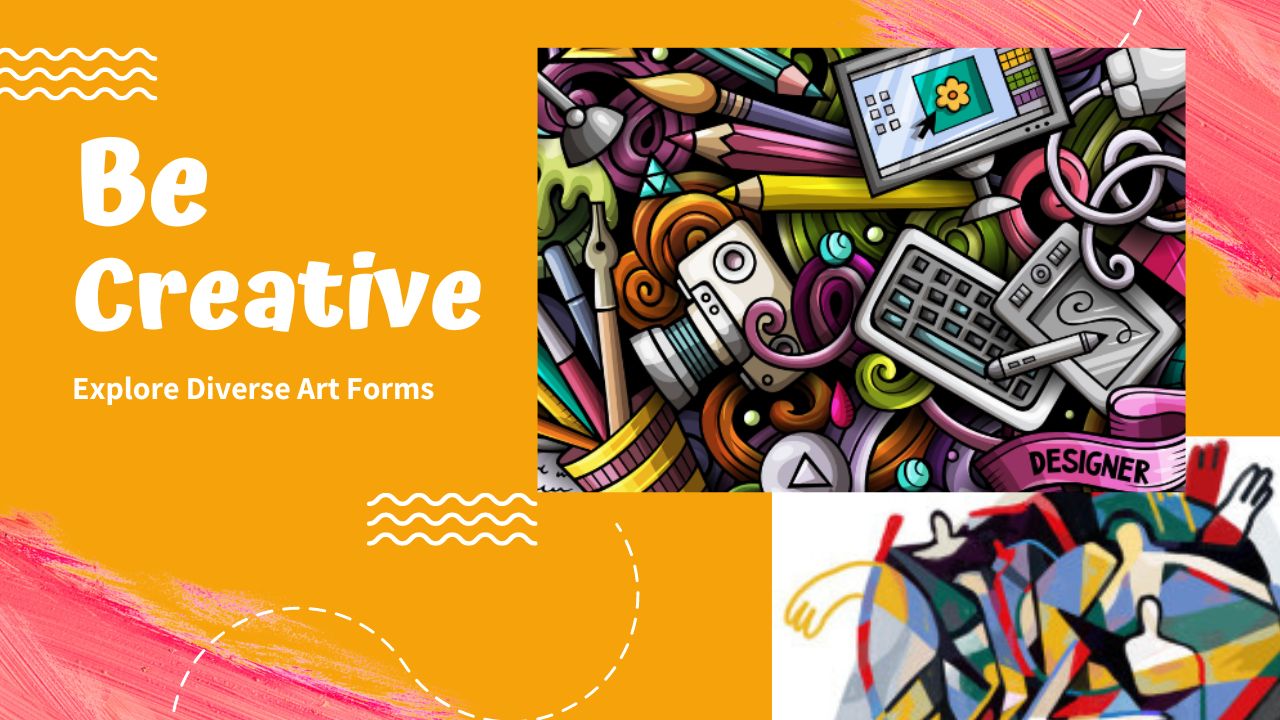Art is a powerful form of human expression that surpasses language barriers and cultural differences. Throughout history, people have created art in various forms, using different mediums and techniques, to communicate their emotions, ideas, and experiences. Art is not limited to just painting or sculpture, but encompasses a wide range of creative disciplines. From literature and music to theater and film, there are many diverse forms of art that are waiting to be explored. In this blog post, we will delve into the seven diverse forms of art, each with its own unique characteristics and creative possibilities. We will examine the different ways in which artists have used these forms to express themselves and connect with their audiences. Whether you’re a seasoned art enthusiast or a curious newcomer, this blog post will provide a comprehensive introduction to the world of art. So, join us on this journey of discovery through diverse forms of art and uncover the beauty and meaning behind each one.
Painting: Brushstrokes that Evoke Emotion
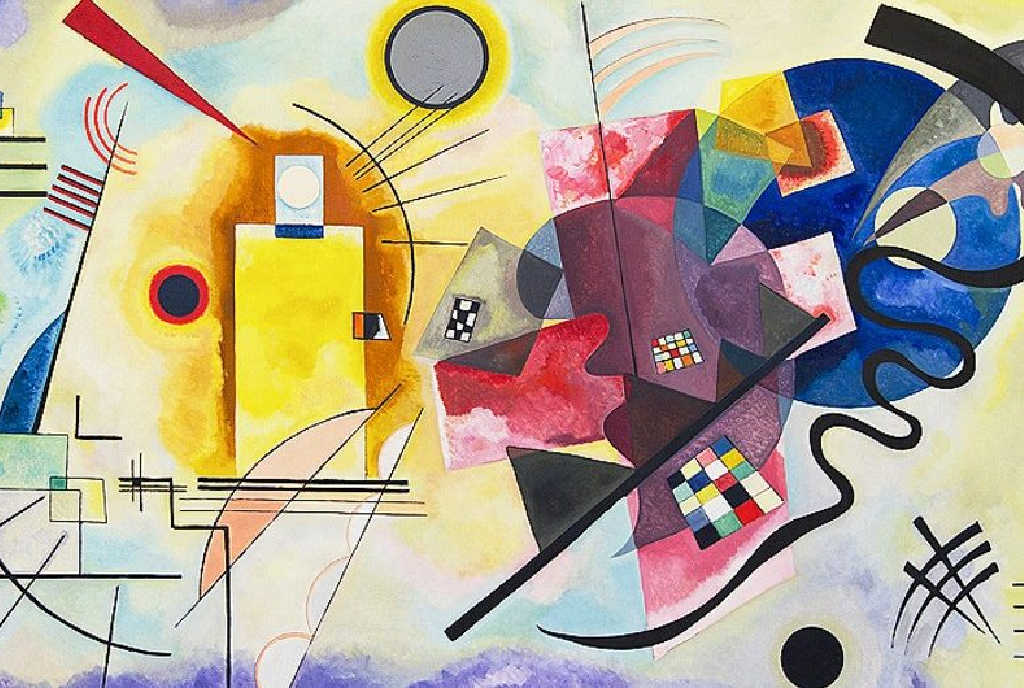
Painting, one of the oldest and most recognizable art forms, encompasses a vast range of styles and techniques. From the vibrant colors of Impressionism to the meticulous detail of Realism, painters use brushes, pigments, and various mediums to convey their artistic vision. Whether capturing landscapes, portraits, or abstract concepts, paintings have the ability to stir deep emotions and leave a lasting impression.
Sculpture: Giving Life to Three-Dimensional Forms
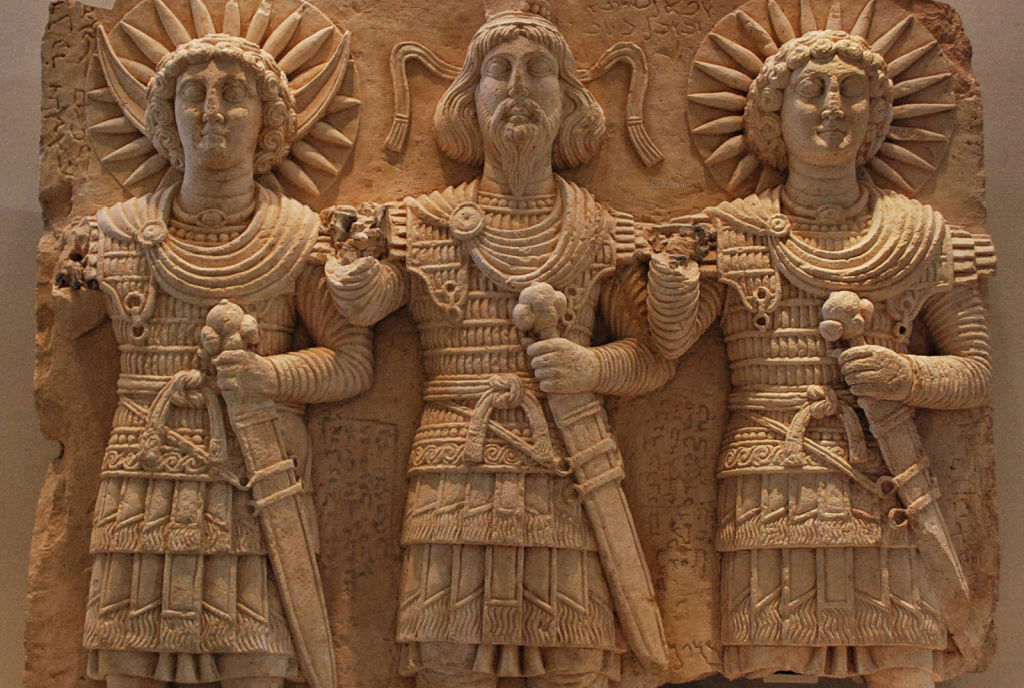
Sculpture breathes life into stone, metal, wood, and other materials, transforming them into captivating three-dimensional artworks. Artists manipulate shape, texture, and space to create sculptures that range from classical and figurative to abstract and avant-garde. Sculpture invites viewers to explore the interplay between form and space, offering a tactile and immersive experience.
Architecture: Masterpieces Carved in Stone
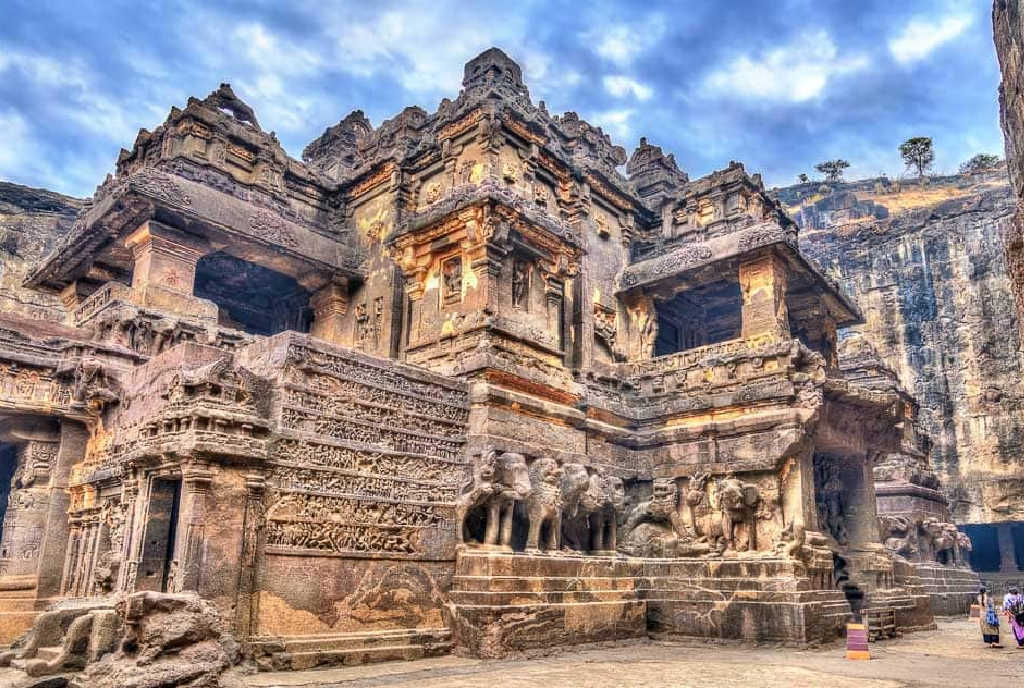
Architecture combines art and science to create structures that shape our physical environment. From ancient temples to modern skyscrapers, architects blend functionality, aesthetics, and cultural influences to design captivating stones. Architecture not only serves practical purposes but also reflects the values and aspirations of societies, leaving a lasting impact on our collective experience.
Literature: Words That Paint a Thousand Pictures

Literature uses words as a medium for artistic expression. Novels, poems, and plays transport us to different worlds, stirring our imagination and emotions. Through skillful storytelling, writers craft narratives that explore the human condition, challenge societal norms, and provoke thought. Literature has the power to ignite empathy, inspire change, and connect people across time and space.
Music: Harmonies that Stir the Soul

Music is the universal language of emotions. Whether composed with instruments or sung with voices, music evokes feelings that words alone cannot express. From classical symphonies to contemporary beats, music captivates us with its melodies, harmonies, and rhythms. It transcends cultural boundaries, uniting people through shared experiences and resonating with the depths of our souls.
Dance: Bodies in Motion, Stories in Every Step

Dance is the art of expressing stories and emotions through rhythmic movements of the human body. From ballet to hip-hop, traditional to contemporary, dance fuses physicality, technique, and artistic interpretation. Dancers captivate audiences with their grace, strength, and ability to convey narratives without words. Dance embodies the beauty of human expression in its purest form.
Film: Frames That Unfold Cinematic Tales

Films combine visual storytelling, photography, acting, music, and cinematography to create immersive narratives that engage our senses. From Hollywood blockbusters to independent arthouse films, this art form transports us to different worlds, offering escapism, reflection, and inspiration. Through the manipulation of light, sound, and editing, filmmakers craft captivating stories that challenge our perspectives and leave a lasting impact.
The seven diverse forms of art we explored in this article represent just a small sampling of the endless possibilities for artistic expression. Each of these art forms carries a unique history, cultural significance, and creative process that make them both fascinating and inspiring. Whether it’s painting, sculpture, music, dance, literature, film, or architecture, we can all appreciate and learn from the beauty and creativity of art. It’s important to continue exploring and celebrating different forms of art, as it helps us to better understand ourselves, our world, and the diverse cultures that make up our global community.
